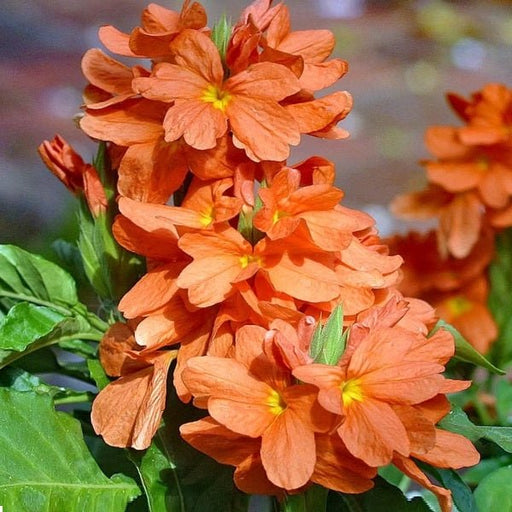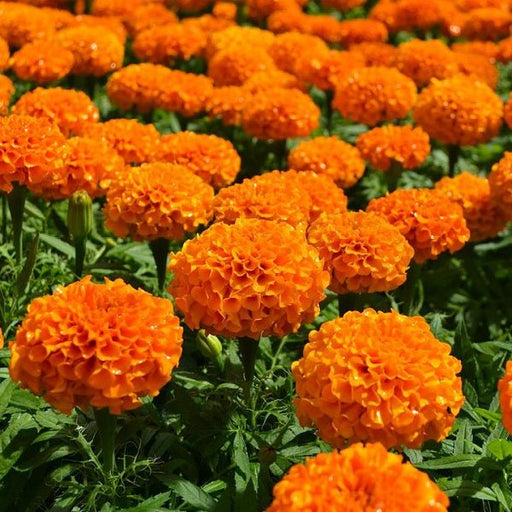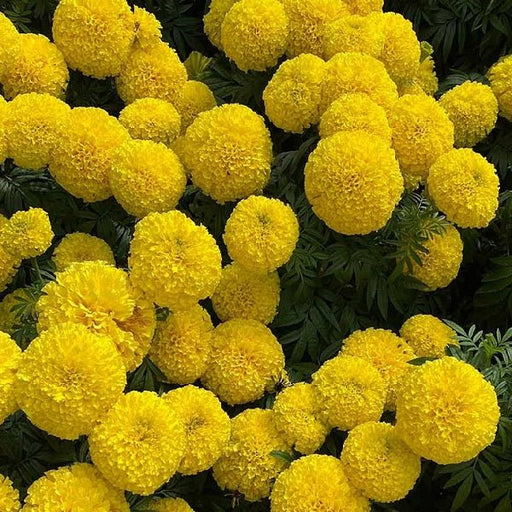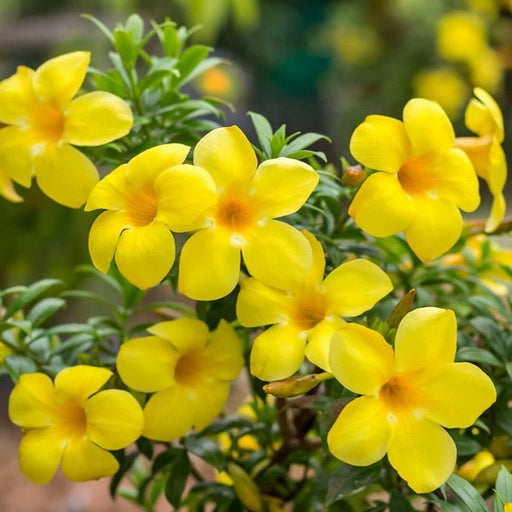
Kunda, Downy Jasmine - Plant
Synonyms: Downy Jasmine, Kunda
Product Highlights:
- Fragrant Beauty: The Kunda, also known as Downy Jasmine, is celebrated for its dainty, star-shaped white flowers and enchanting fragrance. Its blooms release a sweet and delicate scent, making it a beloved addition to gardens and homes.
- Cultural Significance: With deep roots in history and culture, this plant has played a role in traditional ceremonies, weddings, and religious rituals for centuries. It holds a special place in the hearts of many.
- Easy to Cultivate: Downy Jasmine is a hardy and low-maintenance plant, making it suitable for both beginners and experienced gardeners. It thrives in well-draining soil and can be grown in pots or as part of a charming garden landscape.













